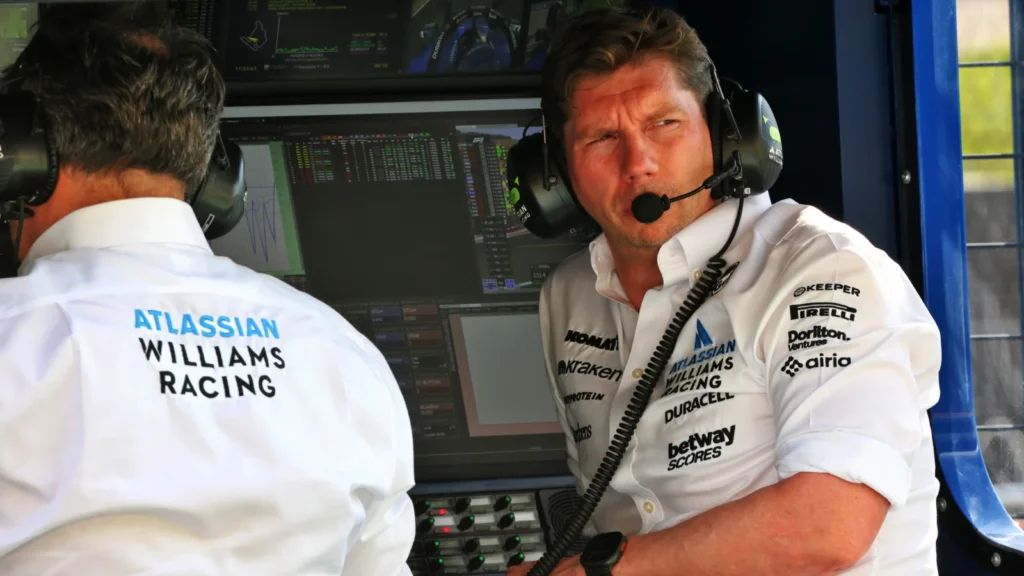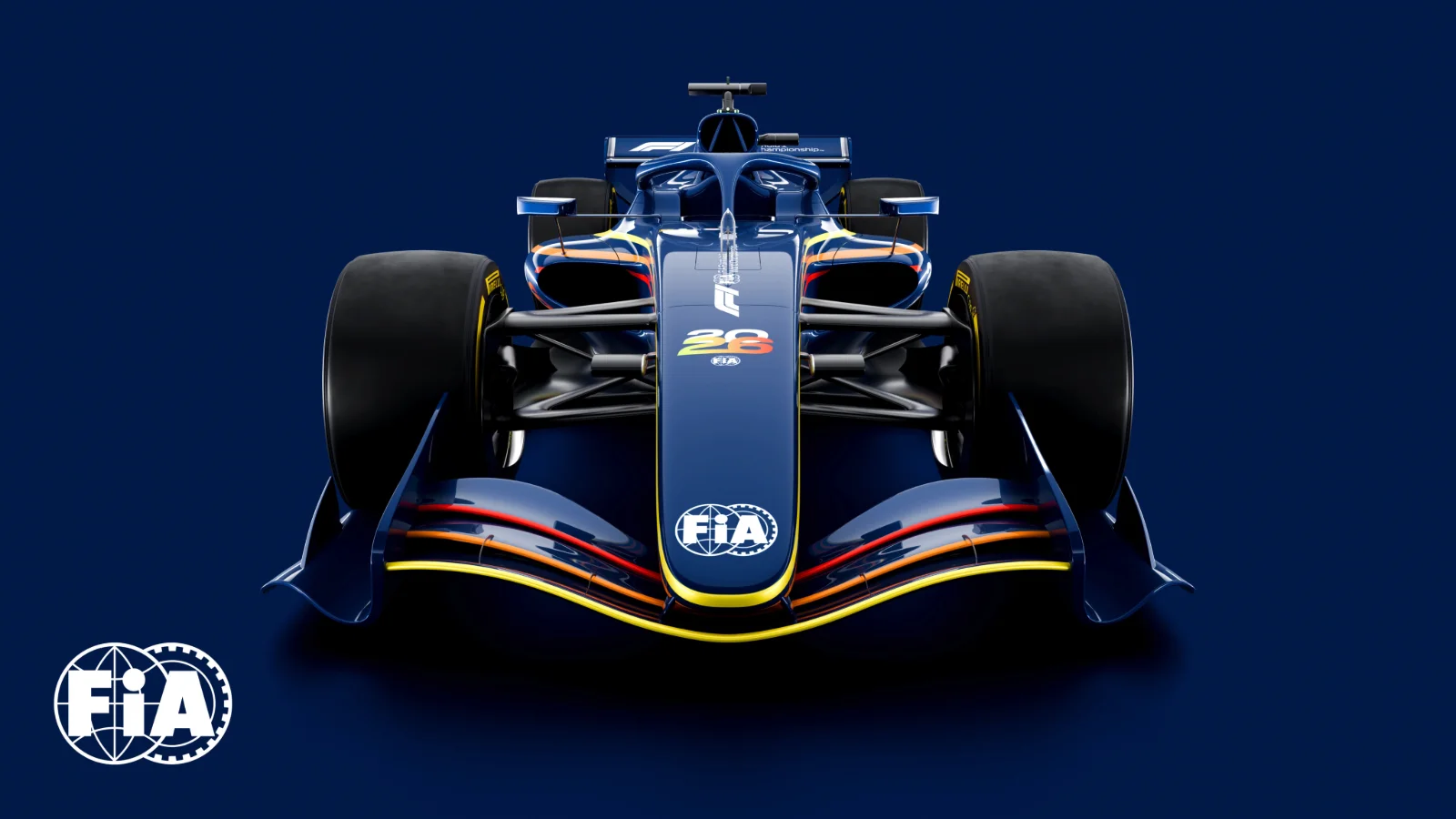Williams boss James Vowles has called for refinement on the forthcoming 2026 Formula 1 cars, stating drivers are currently experiencing a “very difficult” workload.
With 2026 fast approaching, teams have begun to increase their attention on perfecting their respective interpretations of the new regulations.
This is now dovetailed with drivers getting a first sampling of how the cars could feel via simulator runs, giving them an opportunity to give their take on it so far.
A big change is the increased use of electricity, with the V6 hybrids altered to ensure a 50-50 divide between that and internal combustion.
This has led to a range of views aired, the first and perhaps most notable coming from Charles Leclerc, who stated he was “not a fan”.
Williams driver Alex Albon gave his own take, saying there are ways that skilled drivers can “abuse the system”.
Vowles was on hand to deliver a typically measured response to this, saying that the early sim runs are an “indication” and promised Leclerc that “it gets better”.
Despite this, Vowles has acknowledged the difficulty faced by drivers, revealing the challenge Williams’ simulator drivers had to tackle in the initial runs.
“The first time any of our simulator drivers drove the 2026 regulations it was difficult, because it is a complete change on certain aspects of how you drive,” he told media including Motorsport Week.
“Then the second time it became more normal – still complaints. And by the fourth time, there really wasn’t much in terms of discussion over it. It just became the norm.”

Drivers are beginning to understand 2026 cars but still require a ‘fix’
Vowles advised those talking to drivers to exercise caution when asking about the 2026 cars, as the likelihood is that they are yet to grasp the necessary skills to extract maximum performance fully.
“So, what I ask everyone to do is be careful,” he continued. “Ask the driver how many times they’ve driven the simulator as you adjudicate their answer. I guarantee you it’s once.
“It’s probably the first initial response. And those that have driven it four or five are like: ‘I understand it now.’
Despite this, Vowles believes the cars are asking a lot of the drivers, and urged for the remaining half a year before they are driven for real to be used to ease the burden.
“Is it refined enough?” he asked. “We’ve got a lot more work to do to refine it, and we’ve got to make it easier on the driver, because I think the workload is actually very, very difficult for the driver at the moment.
“But we have another six months to run before we’re there, so I’m confident we can fix that.”
One positive Vowles did vocalise was allaying any possible concerns about a possible lack of on-track action.
‘Manual override mode’ replaces DRS from next year, which requires a different level of ability from drivers when it comes to using it.
But Vowles believes that it won’t hamper drivers when it comes to attempting overtakes.
“I think you’re going to get much bigger differences in straight-line speed on certain straights because of how much you can play with the energy and various modes,” he said.
“And so, I think at some point the overtaking could actually be accentuated, not hindered as a result of it.
“The racing concept actually means that if you have a faster car, I think there are more tools at your disposal as a driver to be able to use than this year, even including DRS in there.”
READ MORE – Lewis Hamilton delivers positive verdict on ‘fascinating’ 2026 F1 regulation changes










Discussion about this post